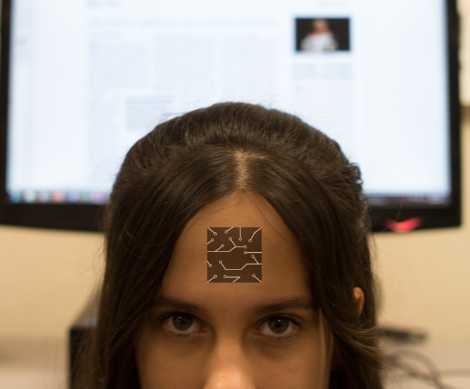Microchips invade employee’s privacy

September 28, 2017
Implanting microchips into humans may seem like far-fetched science-fiction, but on Aug. 1, Wisconsin technology company Three Square Market (32M) made it a reality by injecting microchips into the hands of their employees. The procedure was voluntary, with more than 50 out of the company’s 85 employees deciding to get the microchips. The other employees who were wary of implanting chips into their hands decided instead to opt for a ring that would serve the same purpose as the microchip. Others decided that the microchips were not necessary at all. The company hoped to provide more conveniences for their employees at work through microchips. They anticipated that microchips in humans will eventually be used everywhere, and hoped to be at the forefront of this cutting edge technology. Microchips are still very new in the field of technology, and it is too early to tell if it will become prevalent in the future. Although microchips may make lives easier, they are also invasive and unethical.
Microchip implants in humans employ radio-frequency identification (RFID), which uses electromagnetic fields to identify the microchips. Each microchip contains a unique ID number that is linked to information on a database. In 32M’s case, the chip contains an employee’s general information such as name, age, weight, position in the company and credit card information. Because their whole profile is logged into the company’s database, this would allow 32M employees with the microchip to enter doors without identification cards and to buy lunch with a mere swipe of their hands. In general, microchips make everyday tasks more convenient by replacing badges for workplaces, tickets for trains and credit cards for purchases. The main advantage of these chips is that they can never run out of battery or lost. With all the potential benefits of the microchips, however, there are also several drawbacks.
Susceptible to hackers, microchips are at risk for privacy invasion. Microchips may be used for unforeseen purposes without the consent of their holders. A microchip used to help employees open doors and pay for lunch could later be used to secretly track the length of employee bathroom and lunch breaks, thus violating their privacy. If a microchip contains a Global Positioning System (GPS), it could be used to unknowingly track people at all times.
“An employee is employed by a company for nine hours a day, but with a microchip, the company can track an employee for 24 hours a day,” said Lynbrook Network and Computer Support Specialist Tom Miller. “It could see how many times a person has eaten at McDonalds. They can track a person’s purchases at a pharmacy. Do people want everyone knowing what they do?”
In 2009, the first microchip was implanted into a human’s hand when British scientist Mark Gasson surgically injected a glass RFID chip into his left palm. So far, there have been no reported cases of a microchip being hacked, as they are not commonplace yet. As microchips become more prevalent, cases of hacked microchips will too. Because they contain personal data and have little security or protection, microchips can easily be hacked by nearby cybercriminals. In the future, employers may be able to view employees’ locations, favorite places to visit, medical records, financial records and more. Thus, a hacker could gain control of the individual’s life.
“I am a computer person,” said Miller. “But I grew up reading “1984” by Orwell, with Big Brother and the government spying on their citizens. I will never put a microchip into myself. A smartphone already tracks me enough. Just a few days ago, my phone notified me about how long my trips to home were. How did my phone even know where my home was?”
Some people believe that microchips further benefits smartphones already offer. For this reason, many believe that smartphones do not need to be replaced by microchips. The microchips can be easily injected or extracted, so children and the elderly who may get lost can be tracked by their parents or caregivers, but smartphones can also serve the function of tracking the young or the old.
“I have no doubt that within the next ten years parents will insert tracking devices into their children to track their location,” said junior Maxwell Wang. “The elderly would have it monitoring their blood sugar levels, their heartbeat, [and] you could predict a heart attack before it happens.”
Unlike microchips, however, smartphones can be turned off and are not constantly tracking a person. Smartphones also have a lot more security measures, which is why many believe that a microchip is not necessary.
“For my current situation, I do not feel the necessity of a microchip,” said senior Thomas Wakuta. “I am sure that it will serve its purpose when I get older and have more responsibilities.”
Due to ethical and privacy issues, microchips should only be used by those who need them. The average human simply does not need a microchip, as the risk of being hacked is too great. Smartphones can already do everything microchips can; the difference is that people can turn off their phones while microchips can constantly track their locations. They are also susceptible to hacking and pose as a privacy issue even in the workplace, and these are just two of the many problems that are not worth the conveniences of microchips.



























































